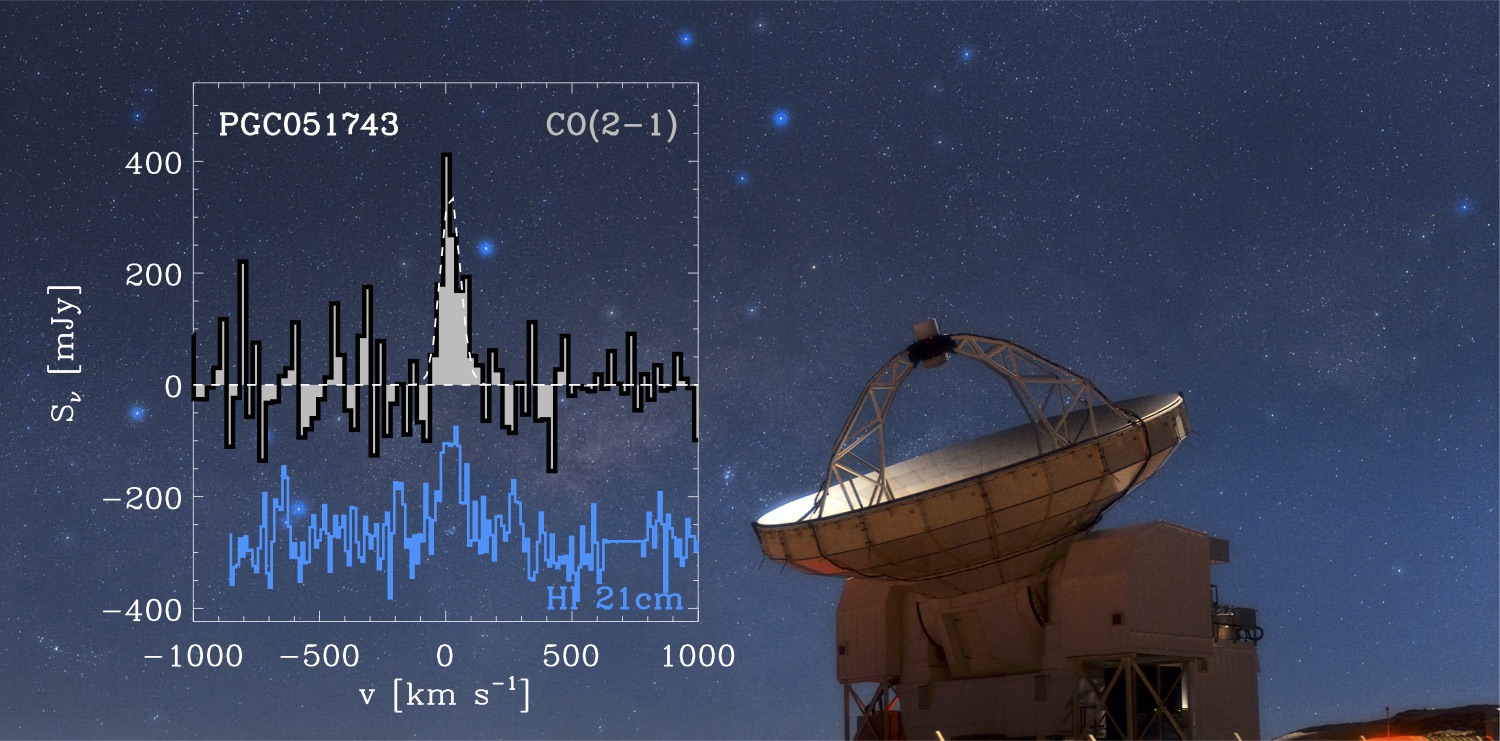![]() © TMS
© TMS
In 1995, the new head of ASTRON R&D blithely suggested that we should write an update on the
Bible of our trade, which had appeared in 1986. Since we had LOFAR and SKA to build, we had the sense to recoil from such a gargantuan task. But fortunately the three authors (TMS) themselves produced an updated 2nd edition in 2001, and now a 3rd. It is available as Open Access book (hard copies can be bought as well). You can download a PDF from:
http://link.springer.com/book/10.1007%2F978-3-319-44431-4
The 3rd edition is 25% longer, and has been extensively revised. It also contains much new material, as summarized in the highly recommended preface. We are particularly pleased that our very own Measurement Equation, the matrix-based formalism that properly describes a radio telescope in full polarization, has now received pride of place.
TMS have thoughtfully provided an index to the authors of the many papers that are referenced in the book. It is instructive (and amusing) to see which ASTRON people have made it into this august company, and for what. The champions, in descending order of their number of references, are: Baars(7), de Vos(6), Deller, Hamaker and Weiler(5), van der Tol(4), Boonstra, Bos, Brouw and Smirnov(3), Baan, Bregman, de Bruyn, Hampson, Offringa, Raimond, Spoelstra and van Haarlem(2).
But most of the Chosen Ones have only one reference: Braun, Brentjens, Fridman, Genee, Harris, Hooghoudt, Ivashina, Kelder, Kokkeler, Millenaar, Noordam, O'Sullivan, Rots, Smolders, van Ardenne, van Capellen, Wieringa, Willis. They are not always mentioned for the work of which they are most proud, but at least they are in there. Any missing ones, for instance of our younger stars, will surely be added in the next edition.
Enjoy!
 © Rebecca Azulay
© Rebecca Azulay © ASTRON
© ASTRON © Mark Bentum
© Mark Bentum © Rik ter Horst
© Rik ter Horst © Aard Keimpema, Des Small
© Aard Keimpema, Des Small © Micha�l de Becker
© Micha�l de Becker © Paul Groot
© Paul Groot © RO, RUG CIT
© RO, RUG CIT © Albert van Duin
© Albert van Duin © JIVE
© JIVE © Claudia Cicone
© Claudia Cicone © Delpher
© Delpher © INAOE
© INAOE © MRATHS
© MRATHS © Menno Schuil
© Menno Schuil © Artist impression of the Athena mission (courtesy ESA)
© Artist impression of the Athena mission (courtesy ESA) © ASTRON
© ASTRON © ASTRON
© ASTRON © JIVE
© JIVE © TMS
© TMS





